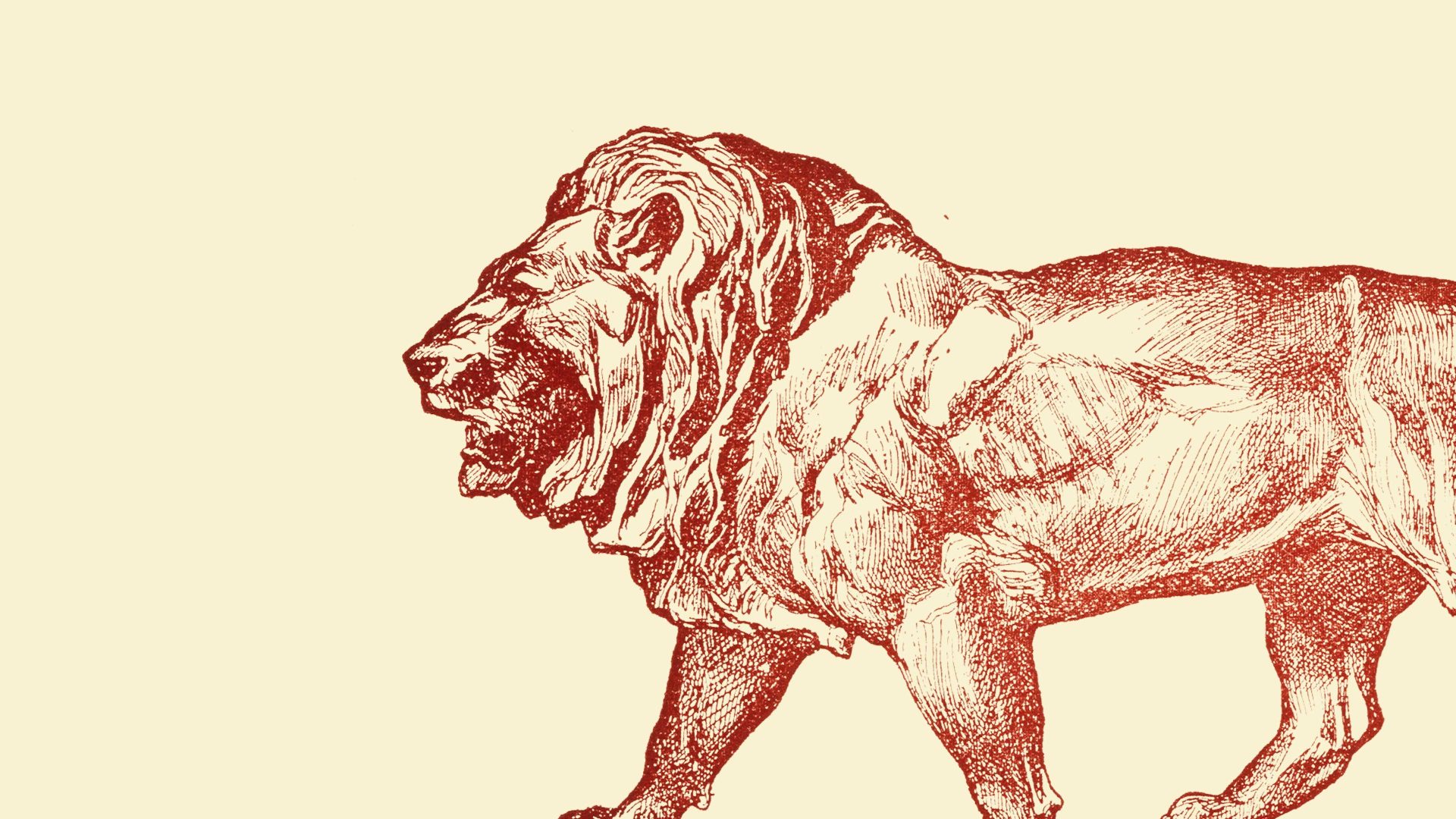In the summer, I go for a couple of days to Puglia to visit the beaches along Lecce’s shores. But while holidaymakers splash in the water and kids build sandcastles, nearby there are sea caves hiding ancient treasures.
Antonio, who runs a place near the beach where I recently went to work on my tan, told me that an international team of researchers had found something astonishing.
“Can you believe it?” he said. “Europe’s last prehistoric cave lion lived right here, where you and I now stand soaking up the sun and enjoying the sea breeze.”
I looked around. I could just imagine a huge lion coming out of the rocks and chasing after the annoying lady in the tight bright pink bikini chatting loudly with her girlfriends. It seemed a bit scary, but I wouldn’t have minded had she disappeared from the picture.
The news of the cave lion piqued my curiosity. Despite the heat and the translucent, aquamarine water calling me for a refreshing dip – I was after all on holiday – I dug out my phone and started researching online, looking for the contact details of an archaeologist I could talk to.
Unfortunately, the 11-metre-deep sea grotto where the stunning cave drawings have been found and analysed is closed to the public, and researchers are still working on the site.
I got in touch with Dario Sigari, an expert of Paleolithic art. He told me that, using sophisticated digital software to analyse a block of stone found inside the grotto, his team was able to identify and recover the image of a large lion, dated to around 12,000 years ago. Based on the remaining ochre of the image, they digitally recovered the body shape of the beast, with tail and claws – only the head was missing. And it turned out to be a huge lion, rather than a smaller big cat such as a leopard.
“The find is the last representation and the last evidence of a cave lion in Europe,” said Sigari. “There were few lion specimens on our continent, and the last ones lived and died right here.”
The lions that once roamed Puglia were far larger than the modern African ones, and had no mane. Sigari told me that the cave could have been used also as a sacred burial spot, and the lion’s stone image as a decoration placed on a tomb of an important hunter, perhaps one that had caught lions in his lifetime.
“We were able to recover the image on the stone based on the representations of other lions in several caves in France,” said Sigari. He’s enthusiastic about the discovery but also a bit frustrated: since the cave was first discovered a century ago, a complete survey of all its wall paintings and stone images has never been carried out, he complained.
The fascinating primitive scenery that formed in my mind, along with huge, lurking cave lions, was in sharp contrast to the loud sunbathers invading the beach and screaming as they jumped off the cliffs into the sea.
A long time ago our ancestors who lived in this corner of Puglia, today a popular holiday spot, had to kill lions to survive, but now it’s all just about suntanning, sun lotion scent, ice-creams on the beach, and sweaty tourists.
I wonder what it will be like in the next century.
Silvia Marchetti is a freelance reporter based in Rome




